LOT'S WIFE | Sigalit Landau
Dec 7th, 2018 - Jan 25th, 2019
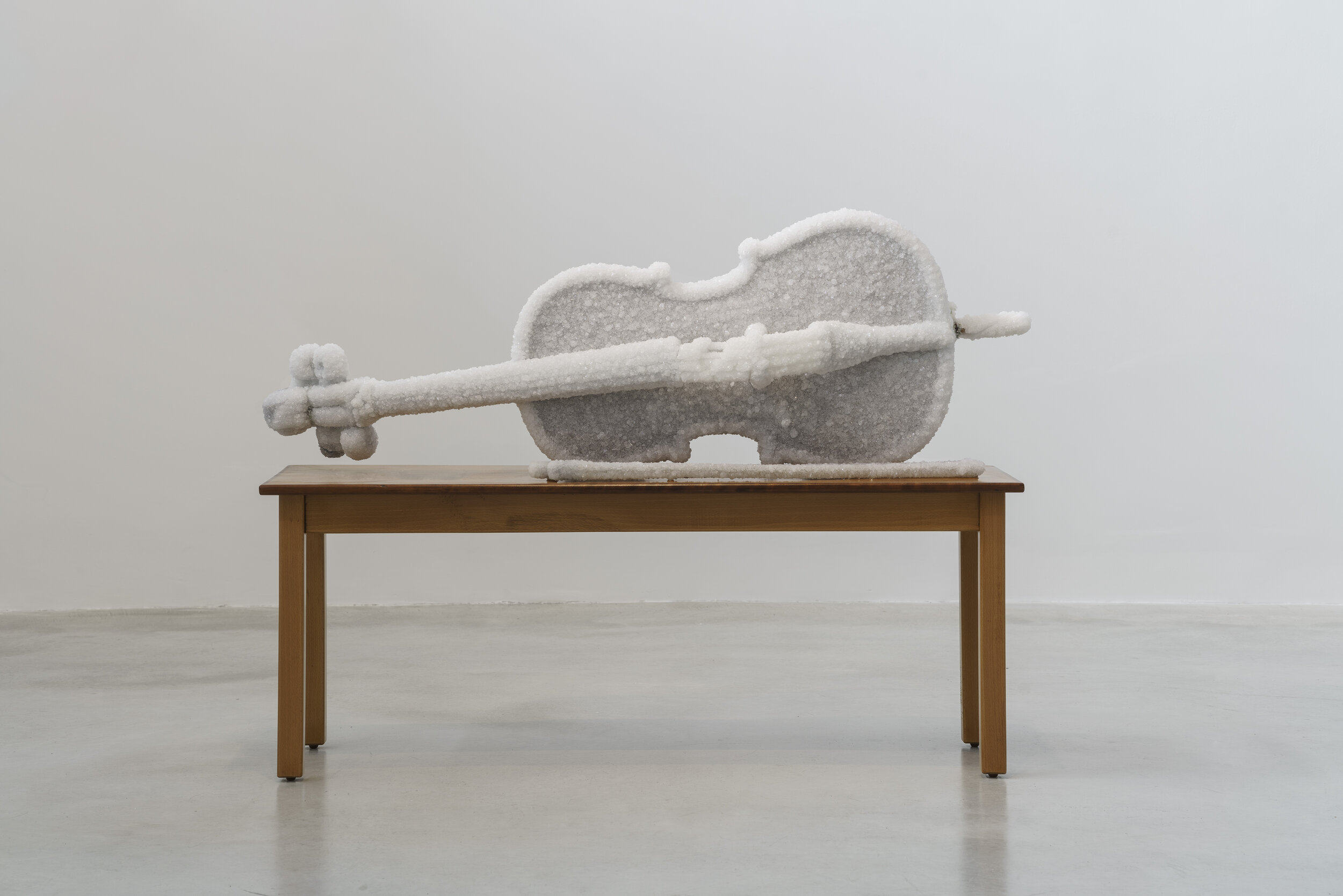

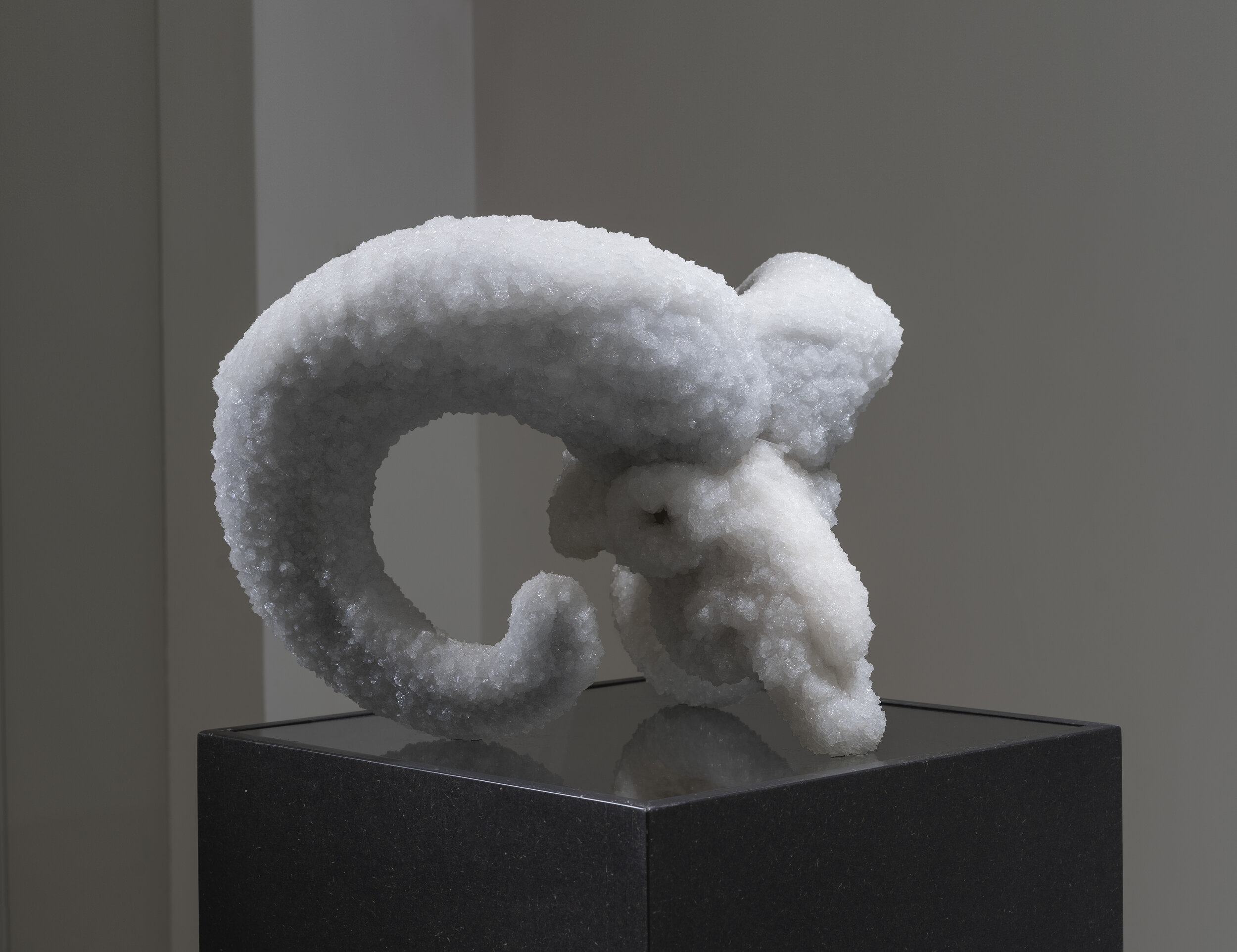
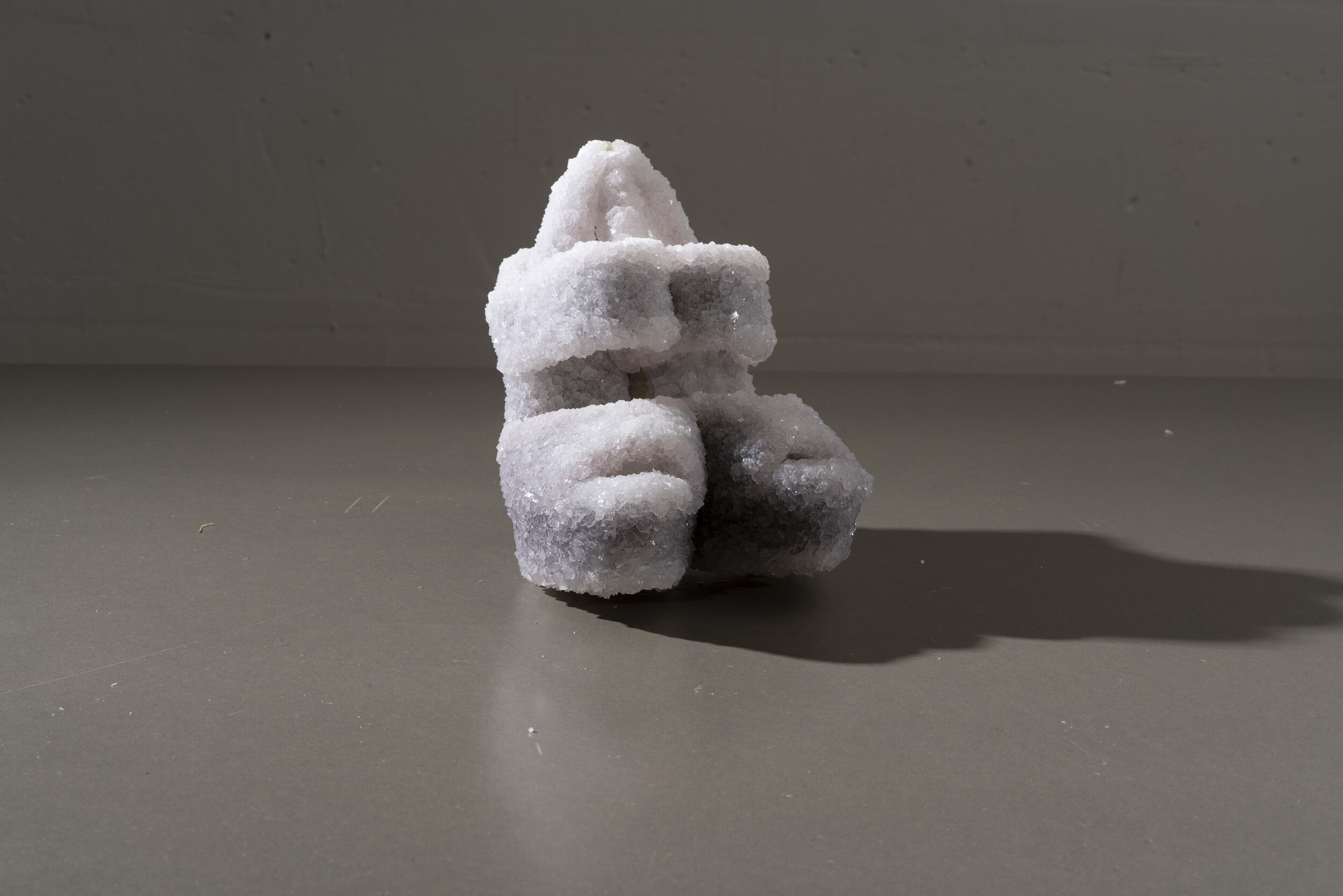
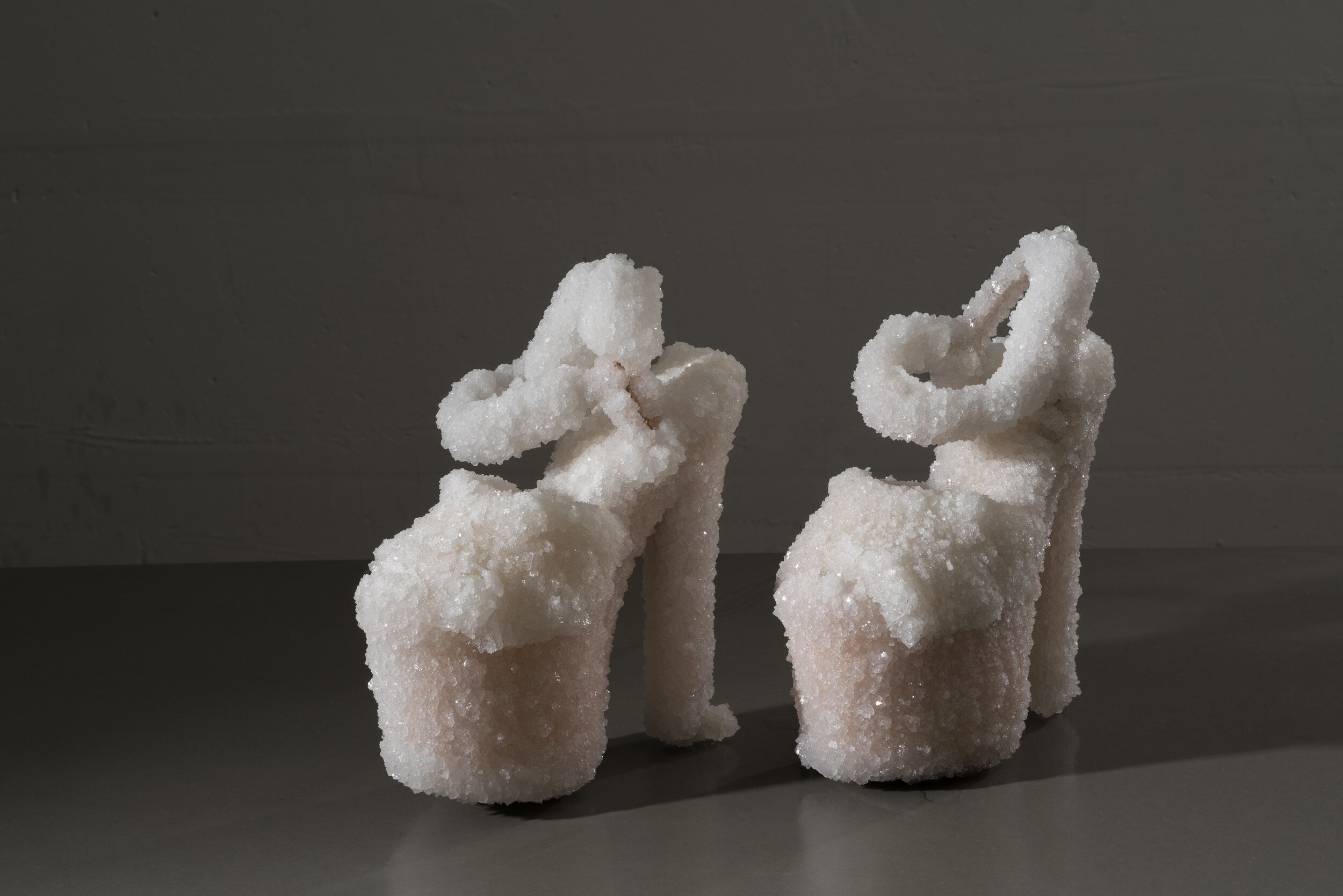
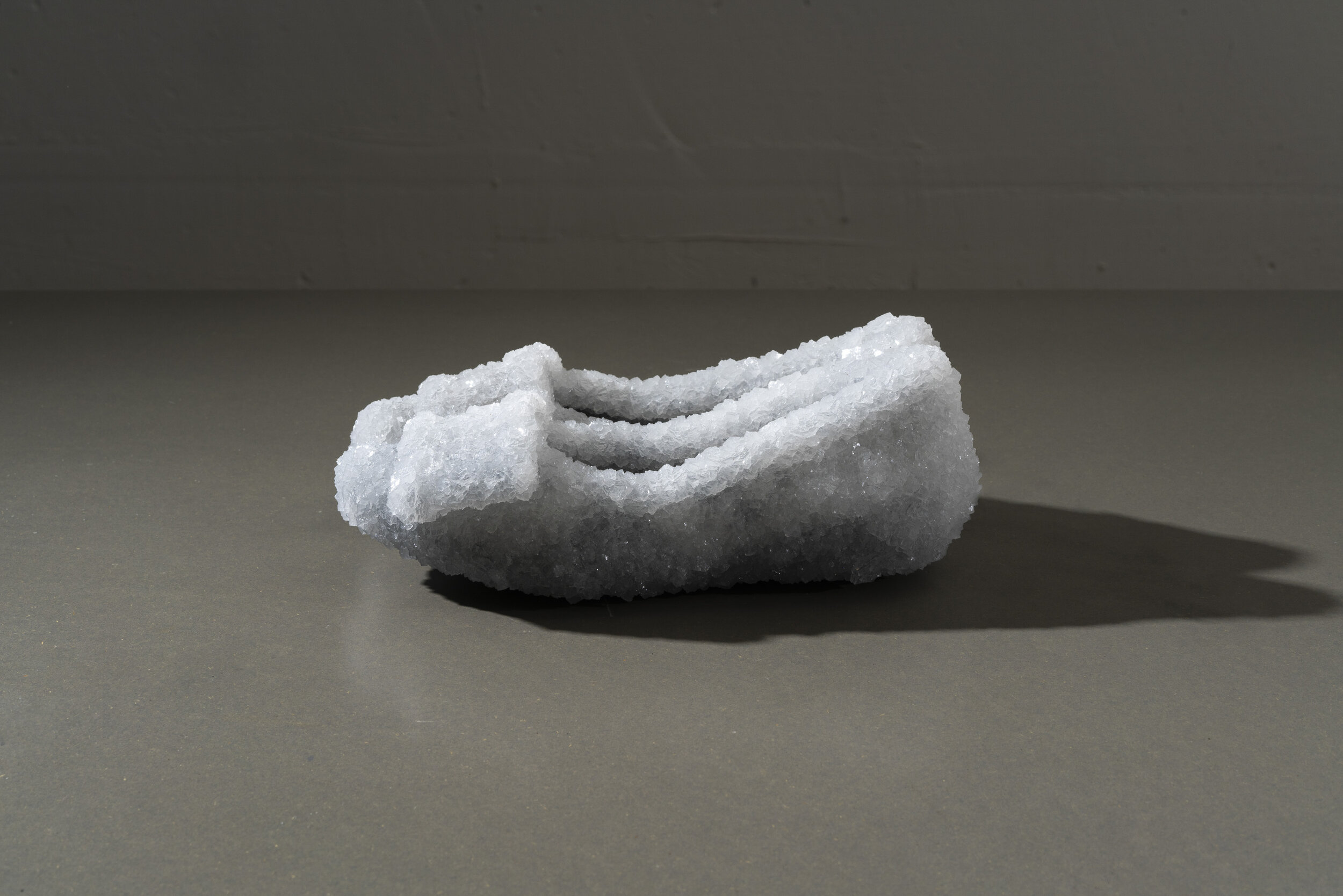
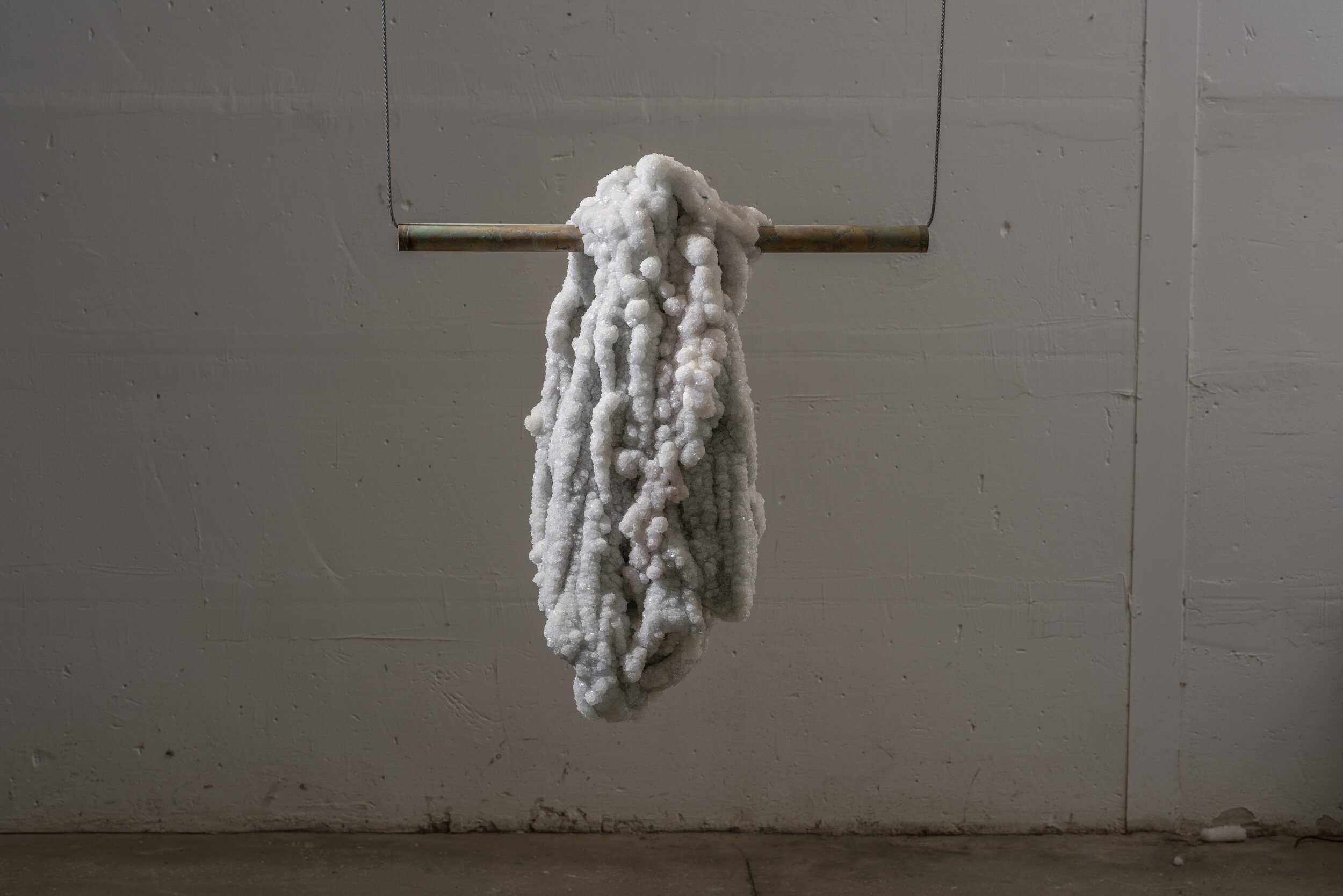
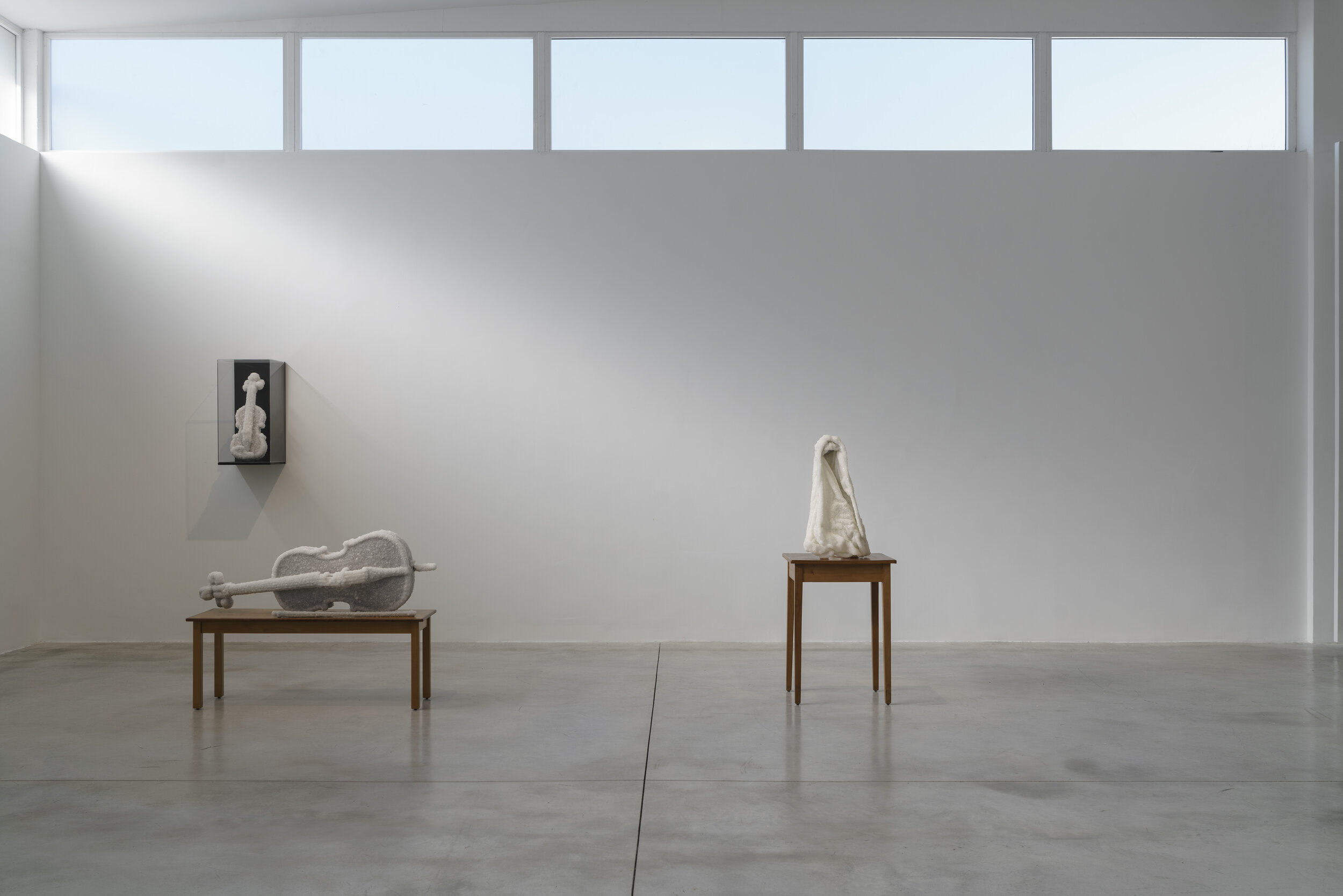
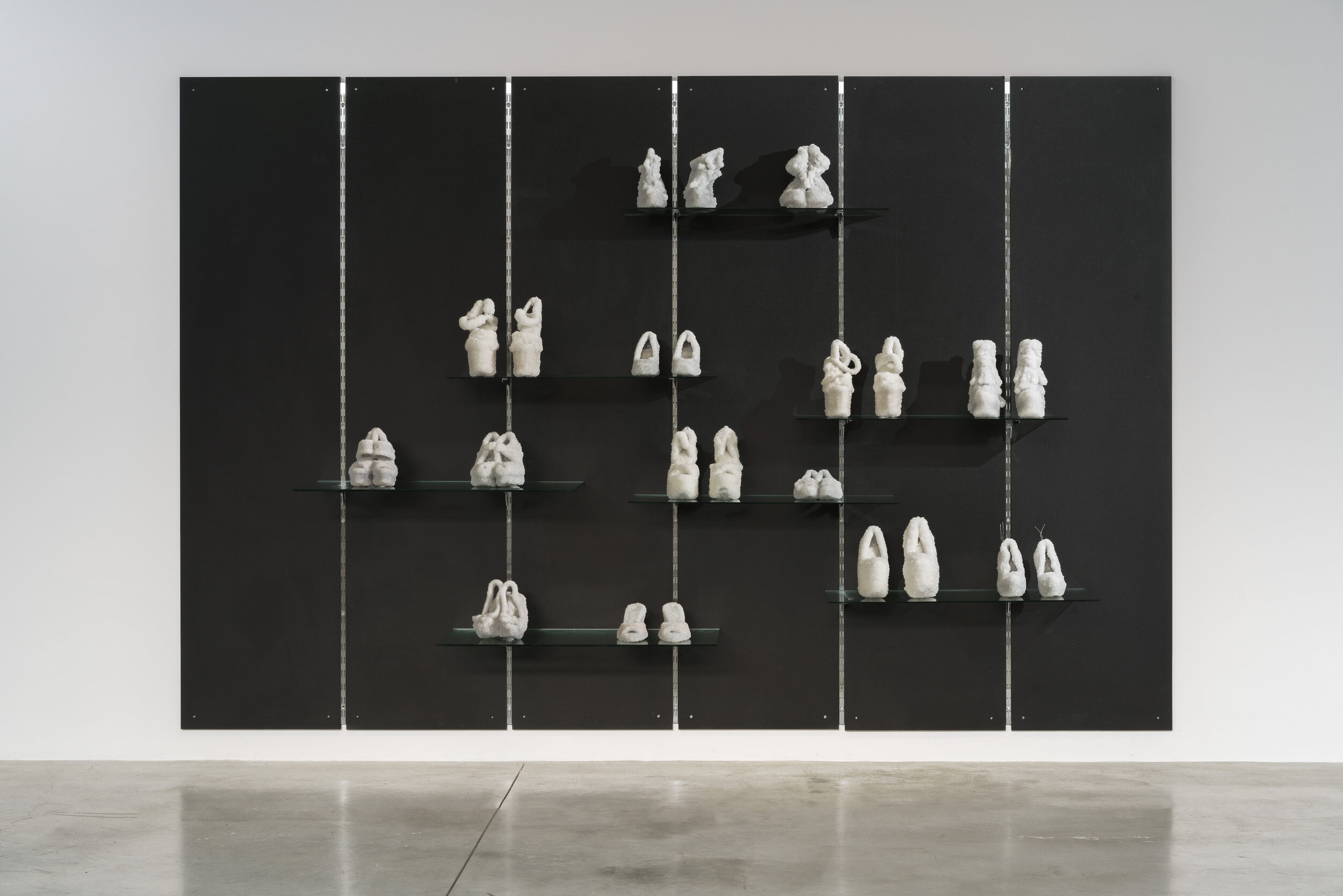
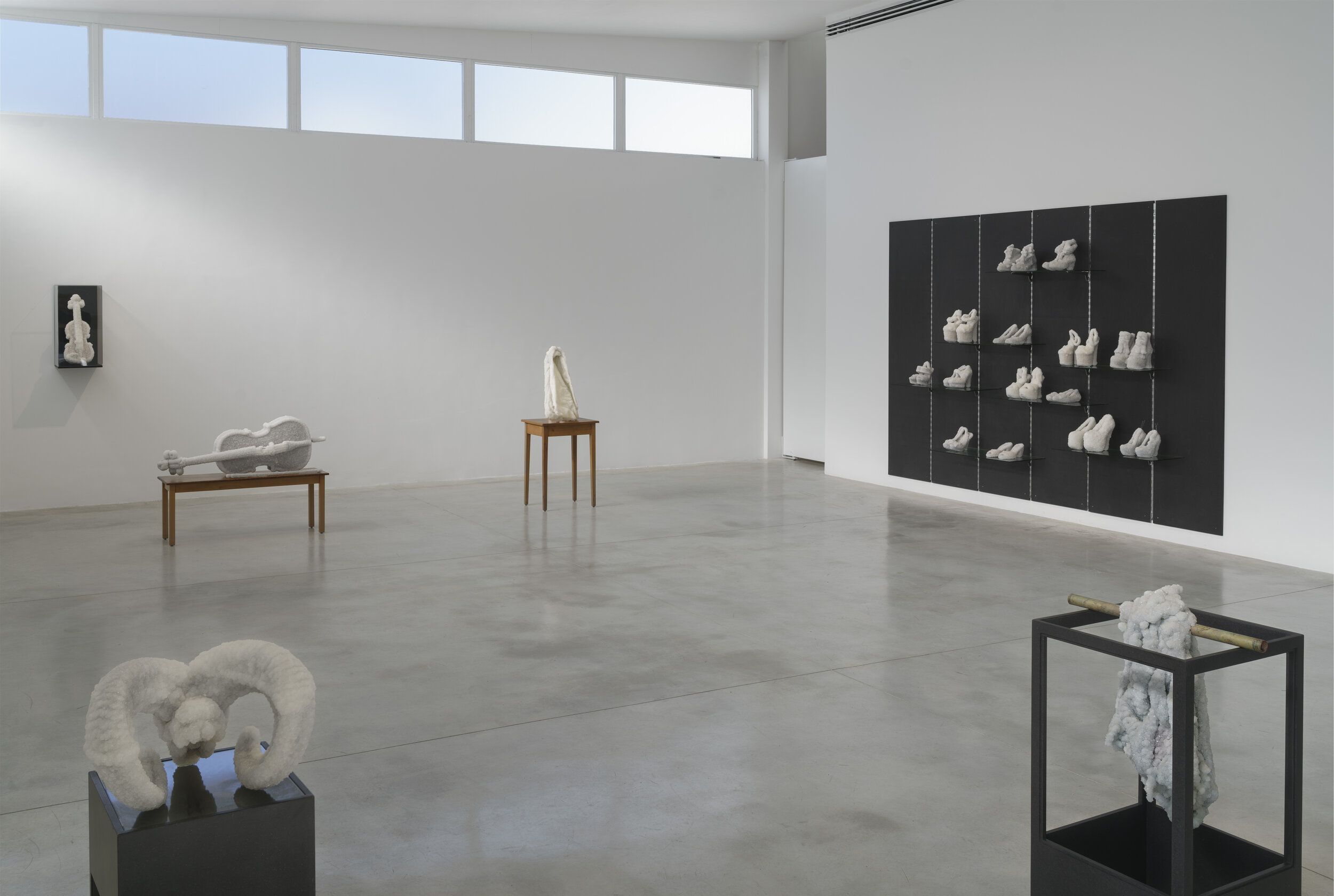
© Sigalit Landau. Photo Credit: Elad Sarig
“I don’t think about suffering ... but about the beauty that still exists. – Anna Frank
Lot’s wife is a tragic figure: she is punished instantly and very harshly – perhaps even unjustly. In the Bible she has always been presented as a sinner, and as such entitled to punishment. This exhibition offers a different interpretation, even a diametrically opposed one. In addition, Lot’s wife is linked to that of other female characters in Sigalit Landau’s work.
In the Bible, Lot’s wife is labeled as manipulative and opinionated, but mainly is described as being given a warning and not heeding it. The classic interpretation presents her as someone who had formed intimate ties with Sodom; therefore, her fate is like that of the entire city. The divine decree is an order that must not be questioned. It is as though the Bible does not know how to deal with such a feisty character who acts according to her own conscience.
Modern commentators see Lot’s wife as someone who turned around out of maternal compassion or a sense of great responsibility. Turning her head toward her married daughters in Sodom and the other two who joined them is a key theme in this complex story. Is this about an irrepressible suicidal urge? About disobeying her husband? About defying God? About curiosity – or perhaps concern?
She accepts the option of fleeing along with Lot, but forgoes the “ticket to a new life”` instead, she stands her ground (literally), looks in her daughters’ direction, and understands the meaning of a final lingering gaze. While she will not experience the calamity that falls upon Sodom, she chooses to be punished, rather than continue to live in sorrow and grief. The pillar of salt that links life with death is a testament to private pain and tremendous, pent-up and unappeased weeping. In post-Holocaust Israel, Sodom and Gomorrah have become a symbol of disproportionate punishment and fatalistic trauma.
“As a young girl who grew up into the trauma of those who raised me, I knew that I was living in a world of lies as white as salt, of secrets, and especially of a great fear of irreverent words. The silence is the stormiest drama I can remember.” (S.E.L.)
Sigalit Landau’s sculptures at the exhibition create scenes that combine ancient sins, private tragedies, and ecological disasters. In Act I, we enter the wide space where the works are scattered. Lingering within it makes it clear that this is a time zone of a culture that has become extinct and no longer exists. Everything is seemingly frozen in time, enveloped in salt crystals, which – by virtue of its transparency – both preserves and reveals the structure and skeleton. We recognize the objects, but now they seek to be only the memory of themselves.
Landau’s salt sculptures demand a different kind of inspection: close observation reveals that they look like living and breathing objects. The salt shrinks, dissolves and crystallizes in accordance with the climatic conditions. The humidity of Tel Aviv appears to melt them, and sometimes you can see small puddles under each sculpture. In the process of their creation, the selected objects are immersed in the Dead Sea for certain periods of time, during which the salt begins to engulf and overlay them. Landau, who knows the sea and its salt well, treats the sculptures like organic objects: the artwork in the water is like a living creature that grows day by day. If it is taken out of the sea the growth process will cease; if it stays too long, the salt will take over, swallow up and erase the image.
Act II tells the memory of the place, takes us back to the past in which the culture existed: memories of Pompeii that, like Sodom, was obliterated by an enormous force` daily news of nature losing its balance` and a salty lake, that is unique in the world, slowly turning into a black hole, a devouring sinkhole. Metaphorically and physically, the ground is seething beneath the material world: the shop window with special and stylish shoes is a shameless ostentation, the escapism of a modern Sodom; “a disaster of diamonds,” a legend about a glass shoe – a human shoe with many secrets. The shoe has not been wearable for a long time now, and is coated with a protective shield that preserves it from extinction. Landau links each person’s private shoe to the history of a people who wandered continually, struggled, prevailed and thrived, but has forgotten to stop living on its sword, and is now continuously fighting with itself. In a reality of this sort, silence is called for.
In the background is a melody: two brothers, perhaps a mother and daughter, a violin and a cello, small and large. A dialogue. The sound of momentum and the sound of depths, the memory of a pianist (Polanski) who brings with him a melody that, more than anything in the world, manages to express emotion: sadness, fear, hope. Lot’s wife entered history and was etched in memory – some say that she was preserved in salt – as a heroic woman. May there be many more like her.
Sigalit Landau’s diverse work in sculpture, video and photography around the Dead Sea has been evolving and taking shape for fifteen years. The exhibition presents an installation that, for the first time ever, is made entirely of salt sculptures. It is one based on similar installations that were recently created expressly for documentation in her upcoming book Salt Years, which is devoted entirely to works related to the Dead Sea and to its significant place in her oeuvre as a whole.
Daniel Kahana Levinson, December 2018, Tel Aviv



